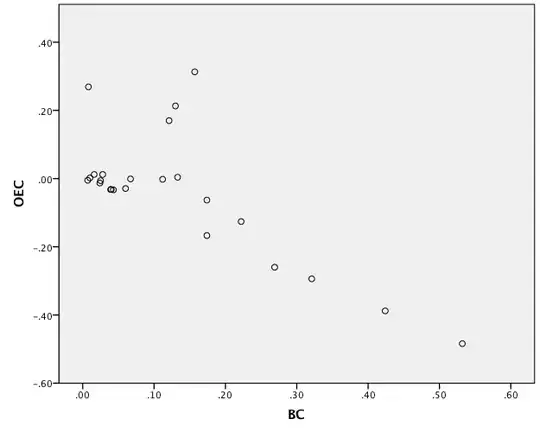The kind of data that you have will often dictate the type of test that you run. From what you've provided, it seems you have multiple continuous predictor variables (independent variables), and one continuous outcome variable (dependent variable). There are many resources online that provide flowcharts to help you determine which test is appropriate for your data. For example, this page from the Institute for Digital Research and Education. The first column asks you how many dependent variables you have--in your case, it looks like 1. The second column asks you about the nature of your independent variable(s)--in your case, they appear to be continuous/interval, and 3 of them. There is a row for "1 or more interval IVs and/or 1 or more categorical IVs" which seems most appropriate to your case. Now column 3 asks for the nature of your dependent variable, again, it looks continuous/interval. The 4th column suggests the test appropriate for these conditions--multiple regression. The other option, analysis of covariance, would only be appropriate if you had at least one categorical predictor, which you don't. This site also includes a link to the appropriate test in various common software packages.
Not only is this the test that fits your data, but regression creates coefficients that allow you to construct a prediction equation. In the output, you will get a) r^2, which will estimate the percent of variance in your dependent variable that is explained by your 3 predictors, b) model significance, to determine whether the relationship of the 4 variables is statistically significant, c) significance for the individual variables to determine which specific variables--one, two, or all three--are statistically significant to the model, d) beta coefficients that allow you to see the strength of the predictive value of the three variables, and e) coefficients that allow you construct a prediction equation. Presuming you have done the appropriate assumption test checks (sample size, normality, etc), then you should be able to use your prediction equation. There are a number of resources that could help you construct a prediction equation, this one isn't bad.
